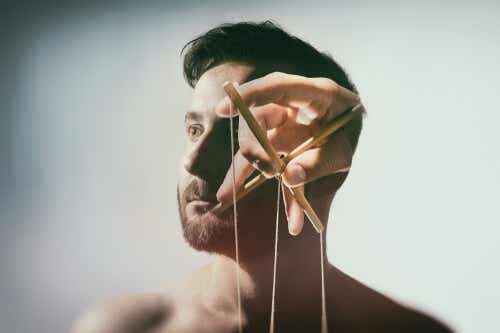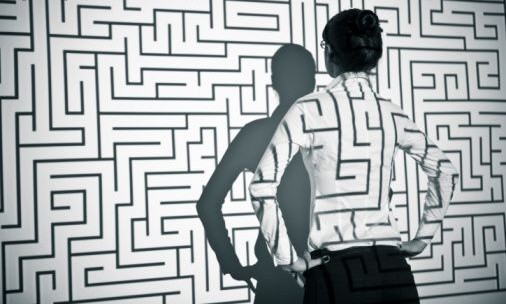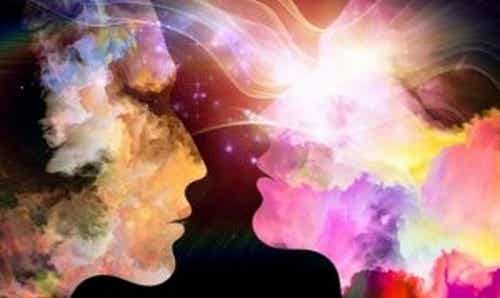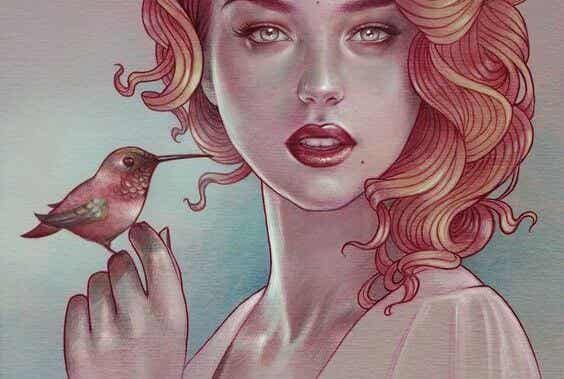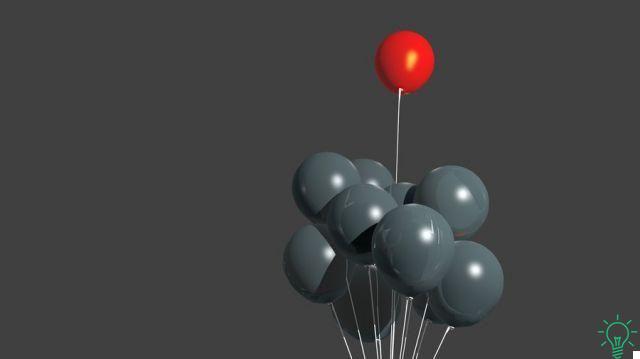Alan Lee's theory starts from the idea that, as in colors, in love there are three primary elements (eros, storge and ludus) which united together give rise to secondary elements.
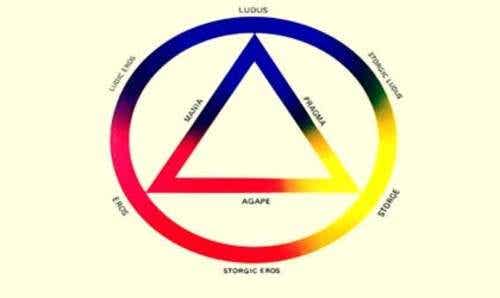
Written and verified by the psychologist GetPersonalGrowth.
Last update: 15 November 2022
According to John Alan Lee, there are different types of love. To differentiate them, this scholar starts from the idea that, as happens with colors, there are three primary affects which, when mixed together, form another three. This approach, which emerged in the 70s, reminds us that all people need basic feelings such as respect, companionship and passion to be happy.
Before analyzing in detail the color theory of love, it is interesting to dwell on its author. Although his name is not the best known, John Alan Lee was an academic committed to social activism like no other. He was a highly reputed University of Toronto sociologist who spent his entire life delving into the psychological aspects of love and sexuality.
John Alan Lee was a trade unionist, Amnesty International social activist, advocate for the rights of the LGBT community and defended the right to death, or assisted suicide. He himself chose this end when his time came.
He left this world alone after writing his memoirs and realizing he had achieved his goal: defend the importance of love and respect between people.
"Love is red, blue and yellow."
-John Alan Lee-
The types of love according to John Alan Lee
We get to know John Alan Lee's color theory of love through a book and a study that the same author published after several years of working with the University of Toronto, Canada. Thus, in the incipit of his opera Colors of Love he emphasizes that genuine love, the most fulfilling, is blue, red and yellow.
These three basic, or primary, colors when mixed can form new and fascinating shades, other types of love. But to obtain them, nothing is as important as the primary basis consisting of the following dimensions:
- Passion (red color)
- Ludus (blue color).
- Storge (yellow color)
We see below the secondary elements that make up the types of love identified by John Alan Lee.
Romantic love
Eros clearly defines romantic love. It is that idealized bond promoted in turn by our culture, in which passion and emotional devotion create often unhealthy bonds. In this model, the attraction is intense and immediate, it is aimed at the physical aspect, devotion and absolute possession.
Erotic love
Erotikon, a context that has its roots in the Greek era, it shapes a love oriented exclusively to desire and to the sexual act. John Alan Lee argues that sexual encounters without another emotional component do not always allow for the consolidation of a stable and even satisfying relationship.
Although sexual games at first, encounters based on unexpected physical attraction are rewarding for both, in the long run they can cause disappointment or simply fulfill their specific task by giving way to the search for new sexual partners.
Ludus, playful love
People with a playful style in their love relationships see love as a game. Their aim is to conquer, to obtain benefits (emotional, sexual, playful). To achieve their goal, they do not hesitate to seduce, deceive and manipulate.
They don't compromise and build emotionally distant relationships. Playful individuals, according to Lee's color theory of love, focus only on short-term benefits.
Pragmatic love
Of the different types of love, this is governed by a sense of logic. It's like Spock's character in Star Treck, where emotions are in second place to focus only on the usefulness of emotional relationships.
In this way, the more pragmatic tend to wonder if their potential partner would be accepted by family and friends. They also wonder if they will gain financial stability with that person or if it will alter their personal balance.
The types of love: mania or obsessive love
Obsessive love is adopted by people who are addicted and focused only on satisfying their own needs. They are profiles that experience great and sudden emotional changes: they are cold and immediately afterwards passionate. They are possessive, jealous, tend to control their partner and are capable of perpetrating abuse.
Agape
This last dimension among the different types of love according to John Allan Lee is the one that can potentially give us the greatest happiness. People who know how to give and receive, who put their partner's needs at the center, who offer unconditional affection, who are committed, who take care of themselves, who work on a bond based on satisfaction and harmony.
Types of love: which one predominates in us?
These subtypes usually appear in a combined and interspersed way in our emotional relationships. Whether we like it or not, there is always a component of eros, erotikon and a good substrate of agape to work on daily.
We must be aware of which dimension is most present in us or in our partner to maintain that archetype or, on the contrary, work on it if we find ourselves on the verge of mania or excessive pragmatism.






